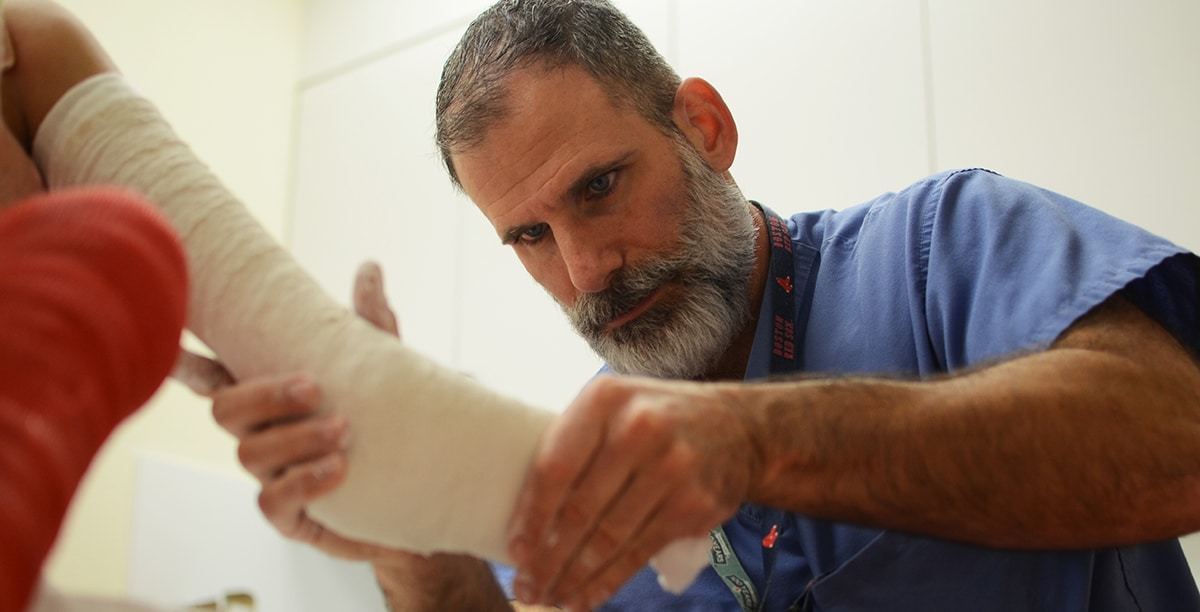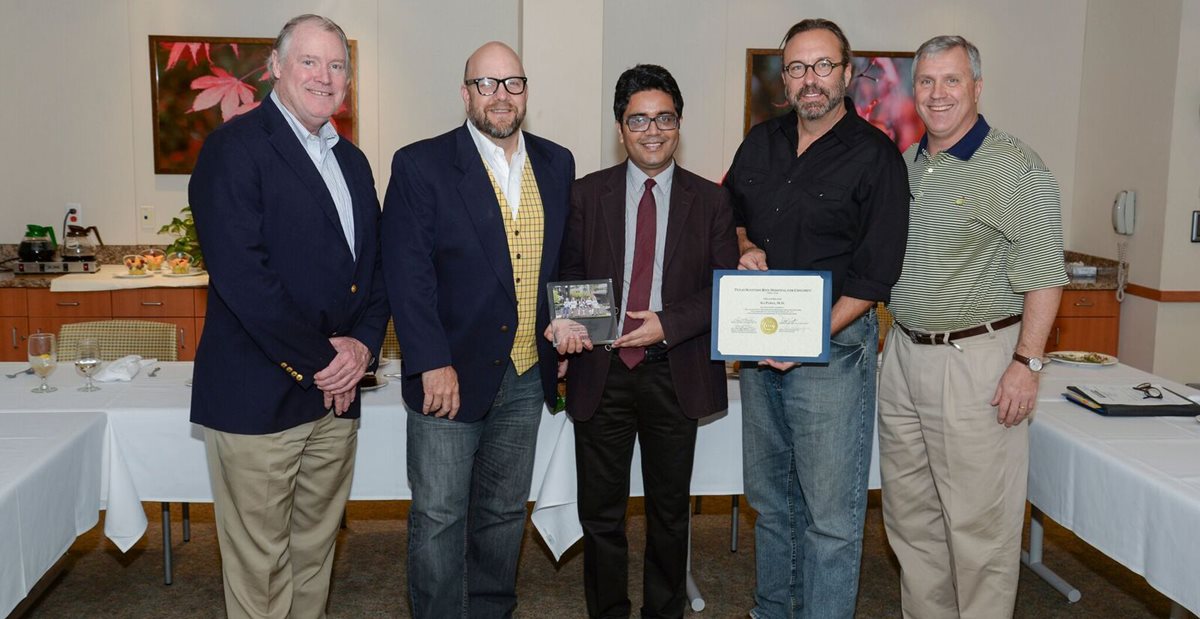At Scottish Rite Hospital, patient safety is important to us. Our team often collaborates with outside institutions to advance the care for a particular condition or injury. The hospital’s sports medicine experts are working with other centers to evaluate the...




